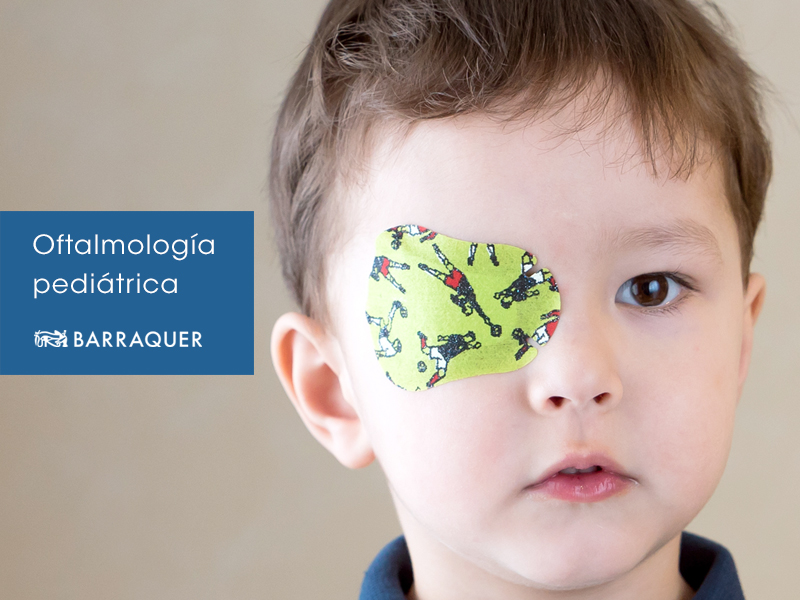Frequently asked questions about dry eye
24/04/2024
03/04/2018
When we are born, our visual system has not yet developed. A long learning process, starting at birth, is required for our eyesight to develop. Its maximum progression occurs during our first 4 years and concludes around 8-9 years of age. Any obstacle in the way of appropriate stimulation during this stage may cause reduced vision in one or both eyes, leading to the development of amblyopia or "lazy eye".
Lazy eye. What causes it?
How is it treated?
To treat the "lazy eye", firstly, we must identify the cause, correct the refractive error using glasses or contact lenses, remove any visual obstacle (cataracts or corneal opacity surgery) where applicable, and make the "lazy eye" worker harder. To this end, the most effective therapeutic method having yielded the best results until now and proven by a multitude of scientific studies and globally renowned specialists, is occlusion of the healthy eye using a patch. The duration and hours of occlusion will depend on the grade and cause of the amblyopia as well as the age of the child. In addition to the traditional patch, electronic glasses with an occlusive effect have been launched onto the market. They are currently undergoing a study conducted by leading researchers.
There are also other alternatives to occlusion, that fall under the term "penalisation", the purpose of which is to make the vision of the healthy eye blurry. This may be optical, meaning you are given glasses with an inaccurate prescription or filters in the healthy eye, or pharmacological, which involves the application of eyedrops that dilate the pupil of the healthy eye. These measures are the second best therapeutic choice for children for whom occlusion has not been successful, in cases of mild amblyopia, or to retain the level of vision reached after using the patch.
There's a high chance of recovering from lazy eye if it is diagnosed and treated before the age of four—the age at which it gradually begins to disappear, being practically nil from the age of 9-10. Whatever we don't learn to see during childhood will not be recuperated in adult life. Failure to act in good time may condemn the child to lazy eye for the rest of their life, which is why early diagnosis is vital. For this reason, we recommend that all children undergo a complete eye exam with a specialist before the age of 2-3, even if they do not present with any symptoms. Early diagnosis means we will undoubtedly detect any conditions in good time.
